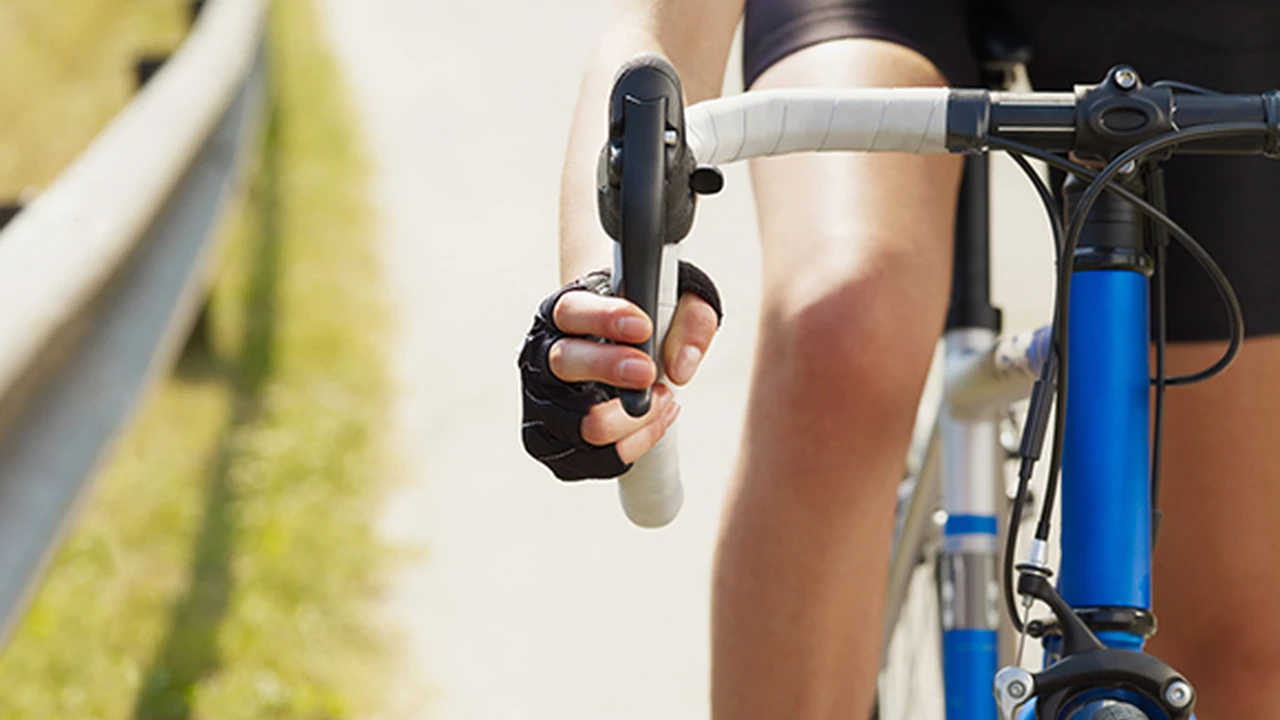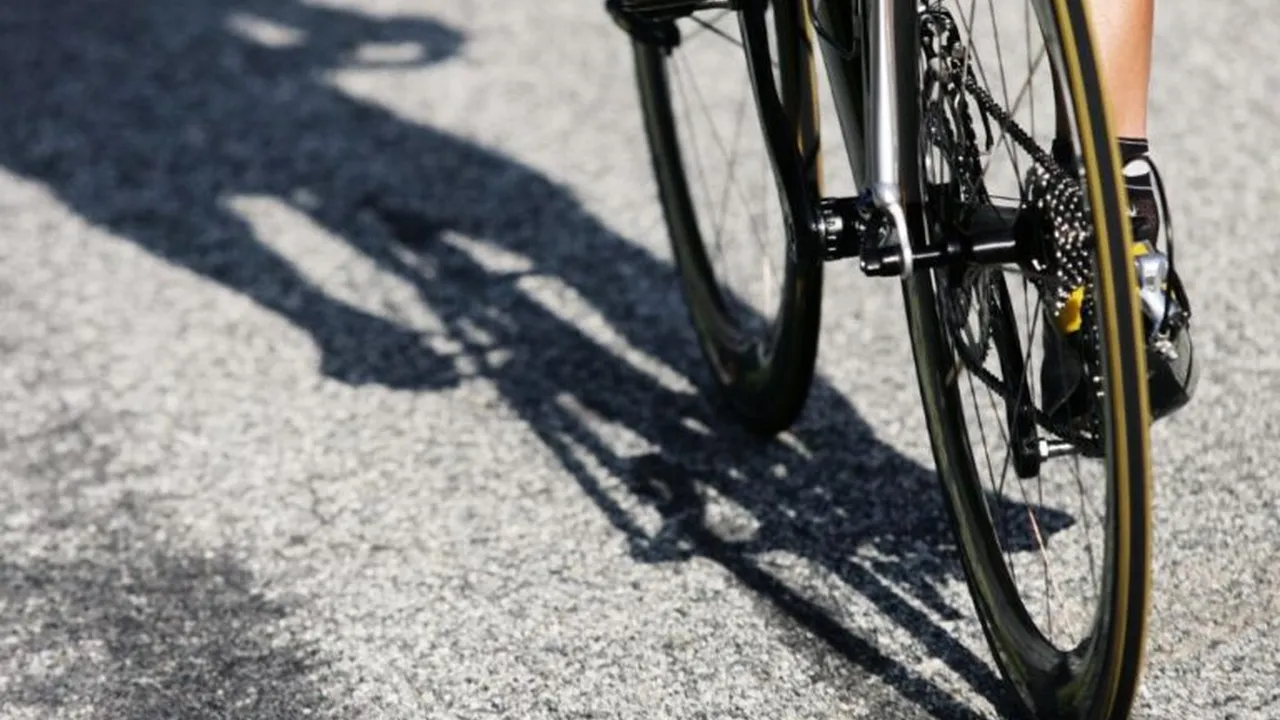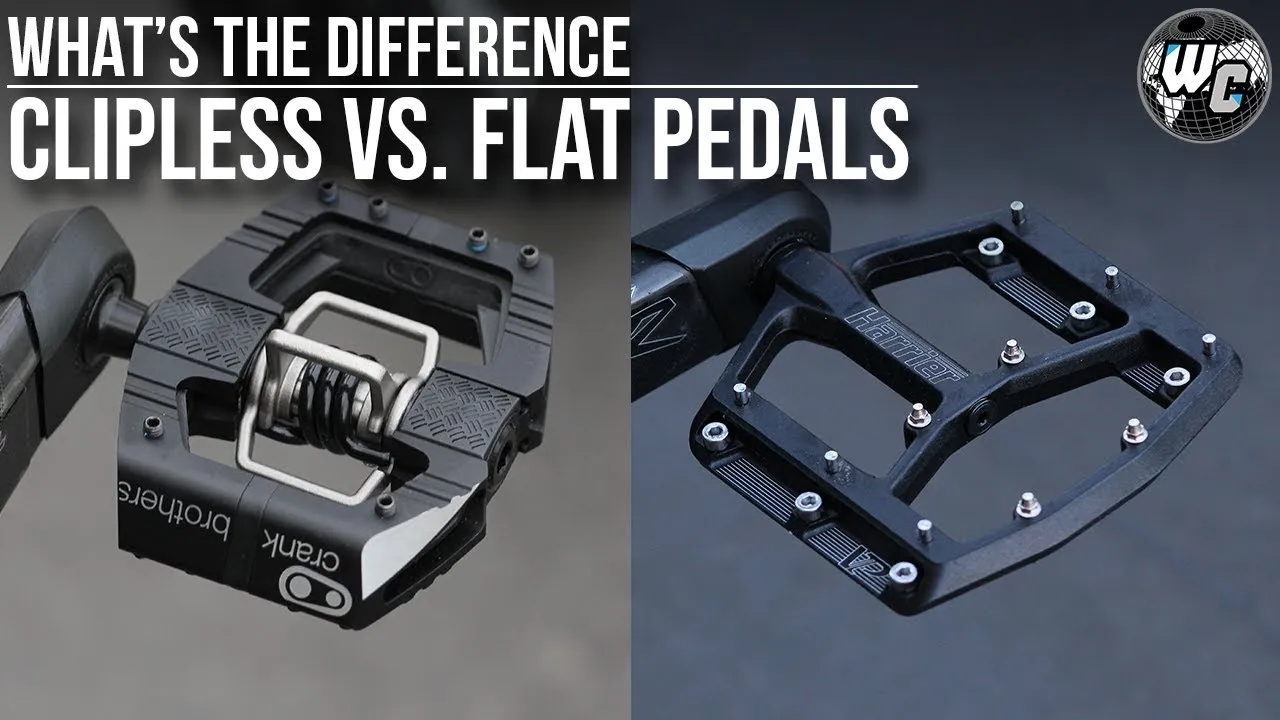Advanced Bike Handling Skills for Road Cyclists
Mastering advanced bike handling is crucial for road cyclists looking to improve their speed, safety, and overall riding experience. This guide dives deep into essential techniques like cornering, paceline riding, climbing, descending, and emergency maneuvers. We'll also explore gear recommendations to enhance your performance and control.

So, you think you're a pretty good cyclist? You can hammer out the miles, climb those hills, and maybe even sprint a little? That's great! But are you really confident in your bike handling skills? Road cycling isn't just about power; it's about finesse, control, and knowing how to react in any situation. This isn't about just surviving the ride; it's about dominating it.
Cornering Like a Pro: Advanced Techniques and Line Selection for Road Cyclists
Cornering is where races are won and lost, and where many riders find themselves outside their comfort zone. The key is to be smooth, confident, and understand the physics at play. First off, line selection is crucial. Don't just barrel into a corner hoping for the best. Scan the road ahead and identify the optimal line – usually wide entry, apex near the middle of the turn, and wide exit. This allows for the smoothest possible arc and maximum speed maintenance.
Before you even reach the corner, set yourself up properly. Brake before the turn, not during. Feather the brakes gently to scrub off speed, shifting your weight back slightly. As you enter the turn, lean your bike into the corner, keeping your body relatively upright. This counter-steering technique might feel weird at first, but it's essential for maintaining traction. Keep your inside pedal up and your outside pedal down, applying pressure to the outside pedal for increased stability. Look through the turn, focusing on your exit point, not what's directly in front of your wheel. This helps guide your body and bike through the corner naturally.
Practice makes perfect. Find a safe, car-free area and practice cornering at different speeds and angles. Start slow and gradually increase your speed as you become more comfortable. Experiment with different lines and body positions to find what works best for you. And remember, always be aware of your surroundings and anticipate potential hazards.
Paceline Perfection: Mastering Group Riding Skills for Road Cyclists
Riding in a paceline is an art form. It’s efficient, social, and a great way to cover distance quickly. But it also requires a high level of skill and awareness. The most important thing is smoothness and predictability. Sudden movements or changes in pace can cause crashes and disrupt the flow of the group.
When you're at the front, maintain a consistent speed and pull for a reasonable amount of time (usually 30 seconds to a minute). As you approach the end of your pull, signal to the rider behind you that you're about to pull off. This can be done with a gentle elbow flick or a slight hand gesture. Then, smoothly drift to the side, allowing the next rider to take over. Don't slam on the brakes or make any sudden movements. Ease off the pedals and allow the group to pass you. Once you're at the back, smoothly slot back into the line.
Communication is key. Use hand signals to indicate potholes, gravel, or other hazards. Call out "car up" or "car back" to warn the group of approaching vehicles. And always be aware of the riders around you. If someone is struggling, offer encouragement or support. Remember, a paceline is a team effort.
Drafting efficiently is paramount. Stay close to the wheel in front of you, but not so close that you risk overlapping wheels. Focus on maintaining a consistent gap and anticipate any changes in pace. Avoid sudden braking or swerving, as this can disrupt the flow of the group. And always be prepared to react quickly to unexpected events.
Conquering Climbs: Advanced Climbing Techniques for Road Cyclists
Climbing is where many riders struggle, but it doesn't have to be a suffer-fest. With the right technique and mindset, you can conquer those hills with confidence. The first key is cadence. Don't grind up the hill in a low gear. Instead, aim for a higher cadence (around 80-90 RPM) to reduce strain on your muscles. This might feel harder at first, but it will ultimately save energy and allow you to climb more efficiently.
Body position is also important. On steeper climbs, move forward on the saddle to engage your glutes and hamstrings. This will give you more power and help you maintain traction. You can also try standing up on the pedals for short bursts to give your muscles a break. When standing, keep your core engaged and your arms relaxed. Avoid rocking back and forth, as this wastes energy. Focus on pushing down on the pedals with a smooth, consistent motion.
Pacing is crucial. Don't go out too hard at the beginning of the climb. Instead, start at a sustainable pace and gradually increase your effort as you get closer to the top. Use your gears effectively to maintain a consistent cadence. And don't be afraid to shift down if you need to. Remember, it's better to climb slowly and steadily than to burn out halfway up the hill.
Descending with Confidence: Advanced Descending Techniques for Road Cyclists
Descending can be exhilarating, but it can also be dangerous. The key is to be smooth, controlled, and always aware of your surroundings. The most important thing is braking technique. Avoid grabbing the brakes suddenly, as this can cause you to lose control. Instead, feather the brakes gently to scrub off speed. Use both brakes equally, and be prepared to adjust your braking force as needed. Shift your weight back slightly to improve stability.
Look ahead. Scan the road for potential hazards, such as potholes, gravel, or other obstacles. Anticipate turns and adjust your speed accordingly. Don't just focus on what's directly in front of your wheel. Look through the turn to your exit point.
Body position is important. Keep your body relaxed and your arms slightly bent. This will allow you to absorb bumps and maintain control. Avoid tensing up, as this can make you more prone to crashes. Keep your pedals level and your weight centered over the bike.
Consider aerodynamics. Tuck your elbows in and lower your head to reduce wind resistance. This will allow you to descend faster with less effort. But don't sacrifice safety for speed. Always prioritize control and awareness.
Emergency Maneuvers: Essential Bike Handling Skills for Road Cyclists
Even the most skilled cyclists can encounter unexpected situations on the road. Knowing how to react quickly and effectively can be the difference between a close call and a serious accident. One of the most important skills is obstacle avoidance. If you see an obstacle in your path, such as a pothole or a piece of debris, try to steer around it smoothly and decisively. Avoid sudden swerving, as this can cause you to lose control. If you can't avoid the obstacle, try to bunny hop over it by lifting the front wheel and then the rear wheel.
Braking in an emergency requires practice. Squeeze both brakes firmly and evenly, while shifting your weight back. Avoid locking up the wheels, as this can cause you to skid. If you feel the wheels starting to lock up, release the brakes slightly and then reapply them. Practice emergency braking in a safe, car-free area to develop your technique and confidence.
Clipless pedal release is critical. Practice unclipping your shoes quickly and smoothly in a variety of situations. If you're about to fall, unclip your feet and try to step away from the bike. It's better to fall without being attached to the bike than to crash with your feet clipped in.
Gear Recommendations: Enhancing Bike Handling with the Right Equipment
Your equipment can have a significant impact on your bike handling skills. Investing in high-quality components can improve your control, comfort, and overall performance. Here are a few recommendations:
- Tires: Look for tires with good grip and low rolling resistance. The Continental Grand Prix 5000 is a popular choice, offering a balance of performance and durability. Expect to pay around $70-$80 per tire. For more puncture resistance, consider the Schwalbe Durano Plus, priced around $50-$60. Use these on training rides where punctures could be a real problem.
- Handlebars: Choose handlebars that fit your hand size and riding style. Compact handlebars with a shallow drop can make it easier to reach the brakes and maintain control. The Zipp Service Course 80 Ergo is a good option, priced around $80-$100. For a more budget-friendly option, consider the Pro Discover Alloy Handlebar, costing around $40-$50.
- Saddle: A comfortable saddle is essential for long rides. Look for a saddle that supports your sit bones and doesn't cause chafing. The Specialized Power saddle is a popular choice, priced around $130-$250 depending on the model. A more affordable option is the Selle Italia Model X Green Superflow, coming in around $60-$70.
- Brakes: Invest in high-quality brakes that provide consistent and reliable stopping power. Shimano Ultegra brakes are a great choice, offering excellent performance and modulation. A set will cost around $200-$300. For a more budget-conscious rider, the Tektro R559 long reach brakes are a good choice at around $50-$60 per set.
- Bike Computer: A bike computer can provide valuable data about your speed, cadence, and heart rate, helping you to improve your training and performance. The Garmin Edge 530 is a popular choice, priced around $300-$350. For a more affordable option, consider the Wahoo ELEMNT Bolt V2, costing around $280.
Product Comparisons: Choosing the Right Gear for Your Needs
When choosing cycling gear, it's important to consider your individual needs and budget. Here's a comparison of some popular options:
- Tires: Continental Grand Prix 5000 vs. Schwalbe Durano Plus: The Grand Prix 5000 offers superior performance and grip, while the Durano Plus provides better puncture resistance. Choose the Grand Prix 5000 for racing or fast group rides, and the Durano Plus for training or commuting.
- Handlebars: Zipp Service Course 80 Ergo vs. Pro Discover Alloy Handlebar: The Zipp handlebars are lighter and more comfortable, while the Pro handlebars are more affordable and durable. Choose the Zipp handlebars for performance and comfort, and the Pro handlebars for durability and value.
- Saddles: Specialized Power vs. Selle Italia Model X Green Superflow: The Specialized Power saddle is designed for performance and comfort, while the Selle Italia saddle is more affordable and environmentally friendly. Choose the Specialized Power saddle if you're looking for maximum performance, and the Selle Italia saddle if you're looking for a more sustainable option.
- Brakes: Shimano Ultegra vs. Tektro R559: The Shimano Ultegra brakes offer superior stopping power and modulation, while the Tektro brakes are more affordable. Choose the Shimano Ultegra brakes for performance and control, and the Tektro brakes for value and reliability.
- Bike Computers: Garmin Edge 530 vs. Wahoo ELEMNT Bolt V2: The Garmin Edge 530 offers more features and customization options, while the Wahoo ELEMNT Bolt V2 is easier to use and has a more intuitive interface. Choose the Garmin Edge 530 if you're a data-driven cyclist, and the Wahoo ELEMNT Bolt V2 if you prefer simplicity and ease of use.
Alright, that's the down low on advanced bike handling. Get out there, practice, and most importantly, have fun! Remember, the best cyclist is the one having the most fun...and the one who stays upright!
:max_bytes(150000):strip_icc()/277019-baked-pork-chops-with-cream-of-mushroom-soup-DDMFS-beauty-4x3-BG-7505-5762b731cf30447d9cbbbbbf387beafa.jpg)




